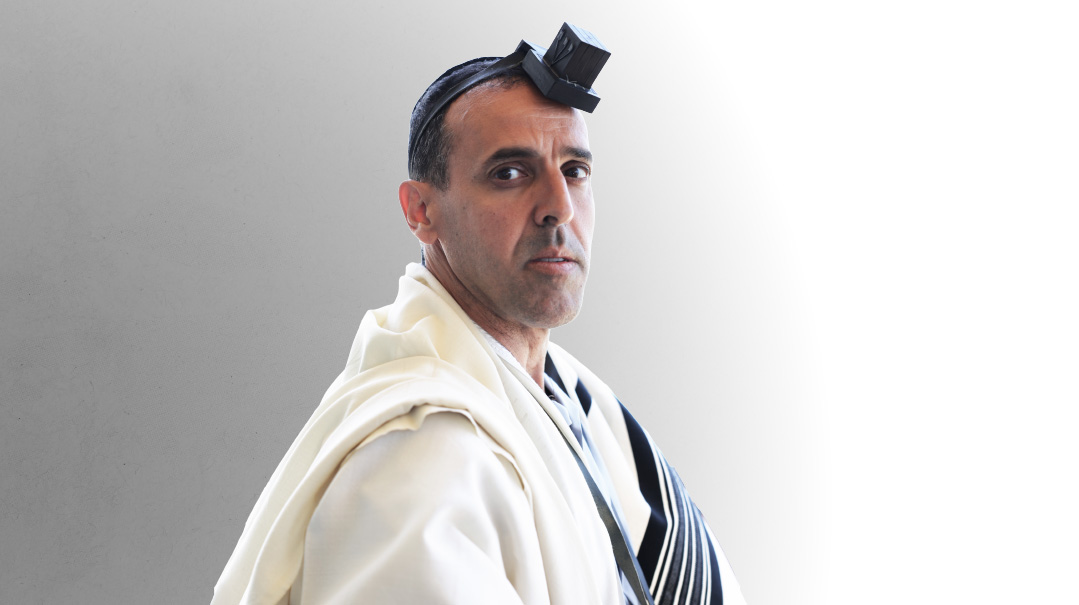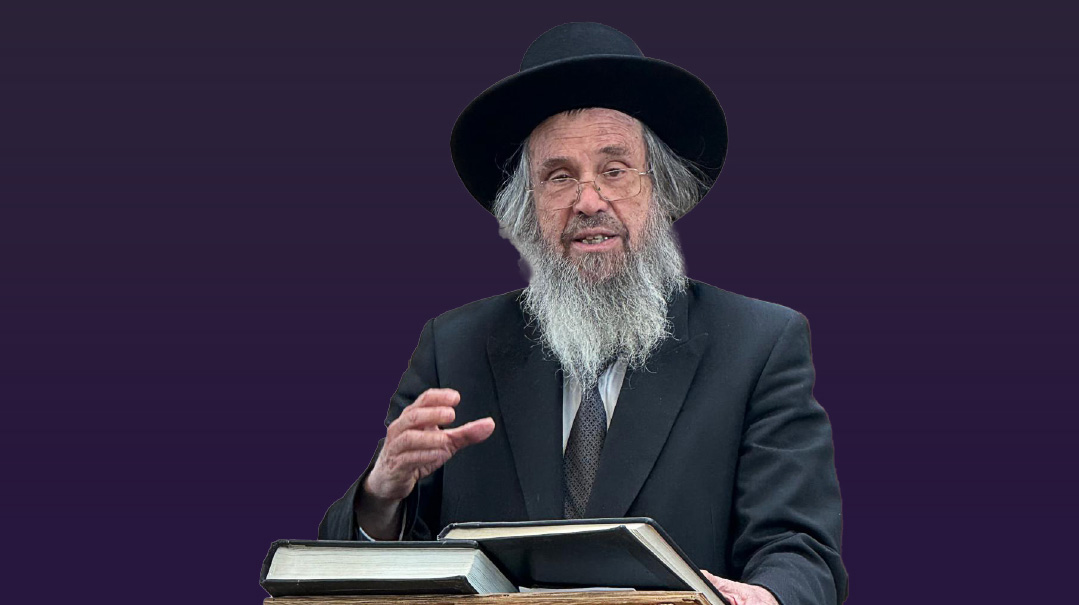Man of Principle in the Halls of Power

In tribute to Rabbi Moshe Sherer

Photos: Family archives
Rabbi Moshe Sherer, longtime and legendary chairman of Agudath Israel of America, spent a lifetime laser-focused on executing the vision of the gedolim who sent him on his mission. He overturned mountains in his determination to uncover the future they willed him to find. His accomplishments are innumerable, each tailor-made to suit the challenge of the time, and his story is one of unparalleled talent and singular finesse, channeling a message of unadulterated truth with an eloquence that reverberated throughout the citadels of rule and regency.
In the early days, it was a raging World War II that took the bulk of young Moshe Sherer’s attention. He was born in Brooklyn in June 1921 and was just 20 when he joined forces with his cousin Mike Tress to set up a relief organization to send desperately needed food packages and obtain life-saving visas for those threatened with the imposing borders of Nazi-controlled territory.
It was the first time, but far from the last, that Rabbi Sherer worked to free captive Jews. When the cry came from behind a curtain veiling oppression and barring relief, Rabbi Sherer was there, advocating on behalf of Russian Jewry, raising awareness of their condition, fighting for their freedom and, for many, securing a triumphant victory.
And if the cry was from Iran, Syria, or anywhere else for that matter, it would ring in his ear with a deafening roar; there was no eating and no sleeping until it subsided.
Rabbi Sherer was at home in many worlds. As chairman of Agudath Israel of America from the 1960s until his passing on 21 Iyar (May 17), 1998, he was the servant and confidant of great Torah sages as well as a friend and adviser of those in the highest echelons of power — legislators, mayors, governors, even presidents — while still attentive to the needs of the simplest Jew. He pulled a drowning Torah life from the American melting pot, and much of the assistance and benefits individuals and communal structures enjoy and take for granted today were shepherded by him through Congress and the courts.
Rabbi Sherer rose to the very pinnacle of leadership in his 55-year tenure, bearing the responsibility that gedolei Yisrael placed on his shoulders with the greatest confidence and trust. Rabbi Sherer was a man whose honesty and integrity was renowned throughout the halls of power and around the world, an exemplar by which all askanim after him would be judged.
With kiddush Hashem as his constant yardstick, Rabbi Sherer — through public political campaigns and countless secret initiatives — understood that he was the public face of Orthodoxy within the halls of power.
From his success in finally receiving government protection for Sabbath observers to his Congressional testimony in 1961 that ultimately resulted in groundbreaking aid for parochial schools (when the very idea of government assistance to yeshivos was revolutionary and foreign at the time), he set Agudath Israel on the path to become the preeminent force and advocacy organization for Torah Jews in America. The seeds he planted over half a century are still blossoming with the passage of nearly every piece of legislation that affects the Jewish community.
“Rabbi Sherer had an eye to the future together with a clear sense of history,” says Yonoson Rosenblum, who wrote an all-encompassing biography on Rabbi Sherer [ArtScroll Publications], after interviewing over 100 people and reviewing thousands of letters, memos, notes and daily transcripts and diary entries. “No one can read about Rabbi Sherer,” he says, “and not know what his responsibility is to each and every person, and each and every Jew, that he meets.”
Oops! We could not locate your form.







